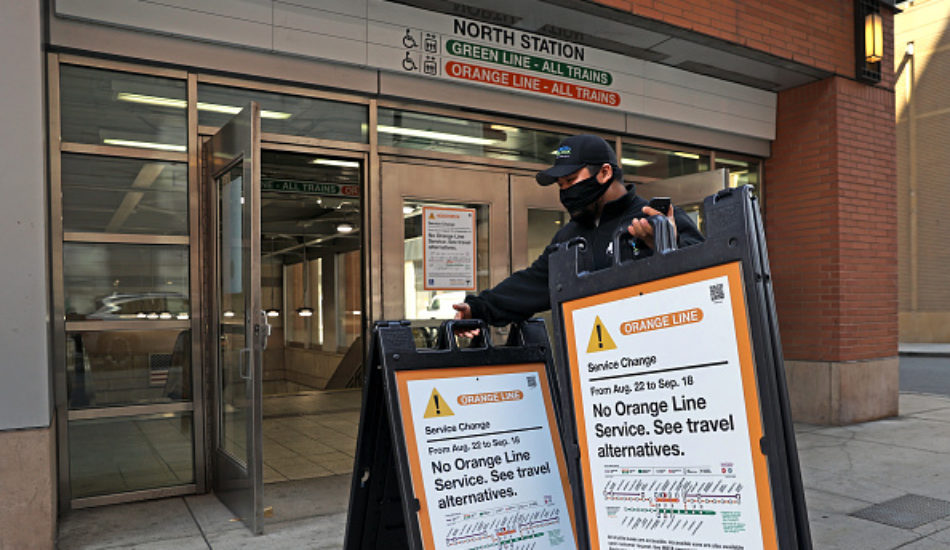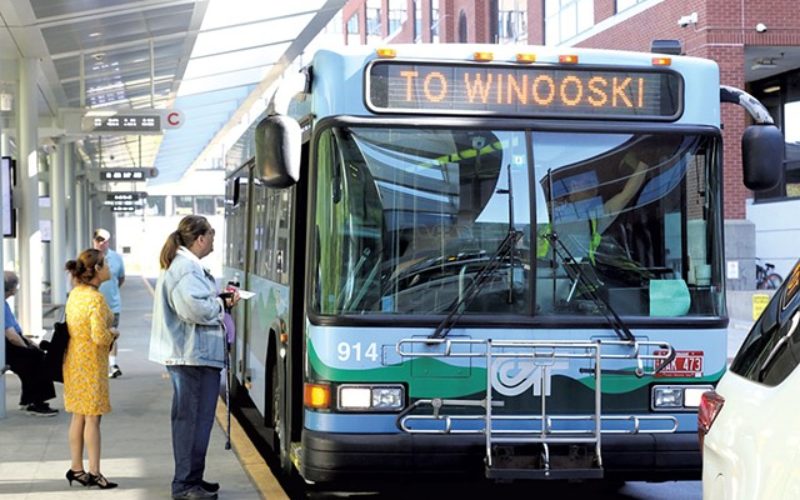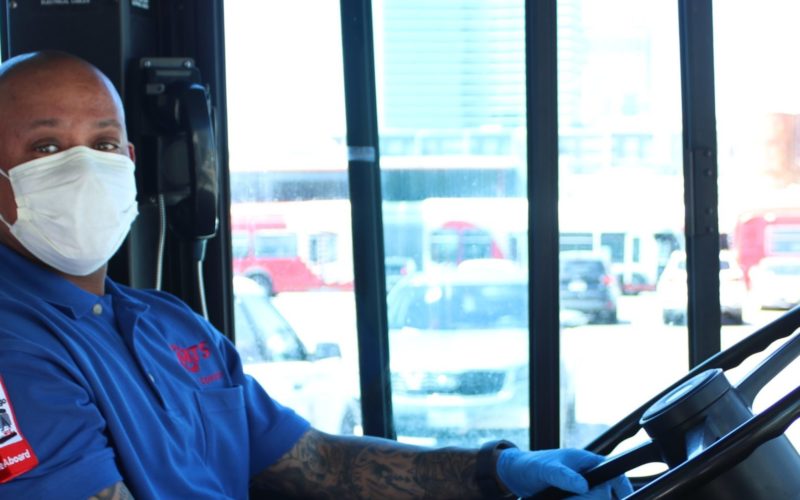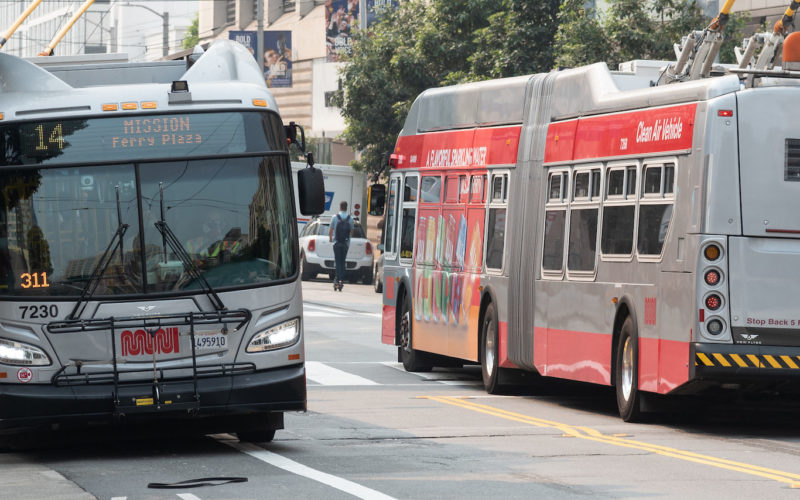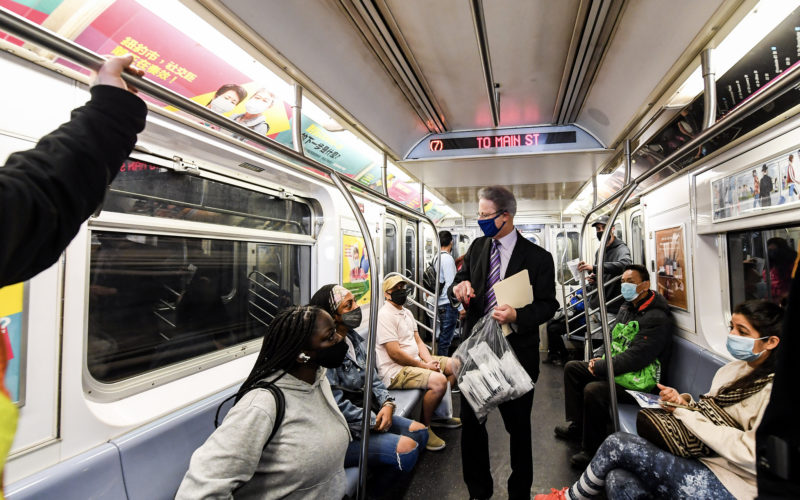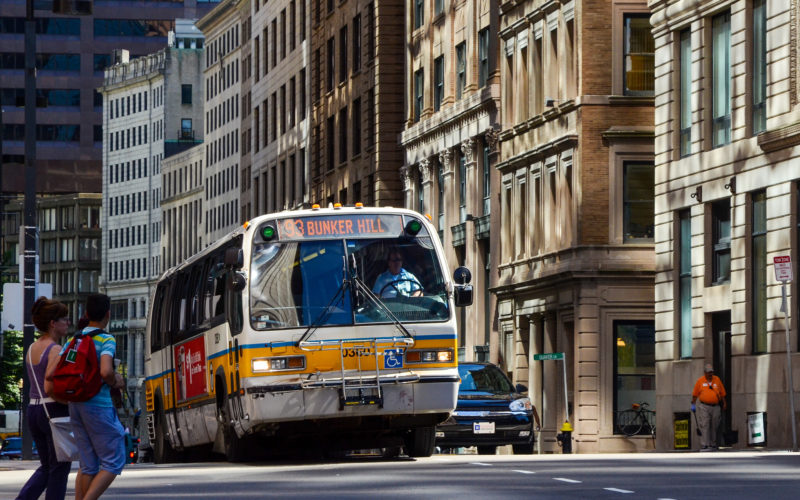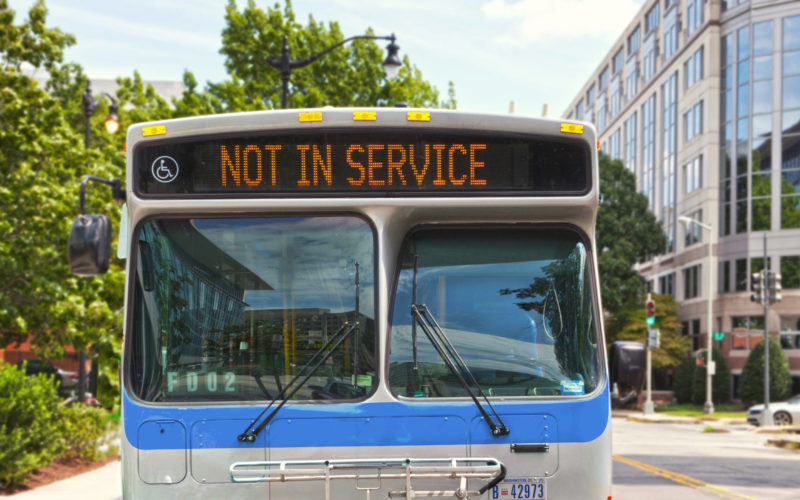We've recently updated our Transit Equity Dashboard with data points from March and August 2022, which show how schedule changes at transit agencies in response to historic worker shortfalls and “new normal” ridership patterns affected riders’ access to jobs, healthcare, grocery stores and more.
Read MoreIn a new report, we analyze the potential benefits of operating Metro-North and the Long Island Rail Road more like the subway within New York City’s boundaries, with affordable fares and more frequent service.
Read MoreA recent report from the National Cooperative Highway Research Program shines a light on which states flexing highway dollars to transit.
Read MoreWhat's behind the scary rise in "ghost buses" across the country, and what should transit agencies do about it?
Read MoreTransit systems all over the country are struggling to hire and retain enough bus operators to maintain planned levels of service. While headways and reliability suffer, there are a few cities that can offer lessons on how to maintain a workforce during the “Great Resignation.”
Read MoreAs of March 2022, SFMTA was operating 88% of pre-pandemic service and added back even more service in July.
Read MoreNew York City Transit’s service levels have remained remarkably strong throughout the pandemic. Crew operator availability remains the agency’s biggest challenge, as well as adjusting weekend maintenance schedules in order to run service that matches strong weekend demand.
Read MoreBoston's MBTA is facing a variety of safety and staffing crises that are limiting its ability to continue to provide 100% of pre-pandemic service.
Read MoreTransitCenter’s new report, “Bus Operators in Crisis,” details the challenges American operators are facing, and offers solutions that transit agencies can take to solve issues locally. It also proposes steps that states and the federal government can take to support transit agencies.
Read More